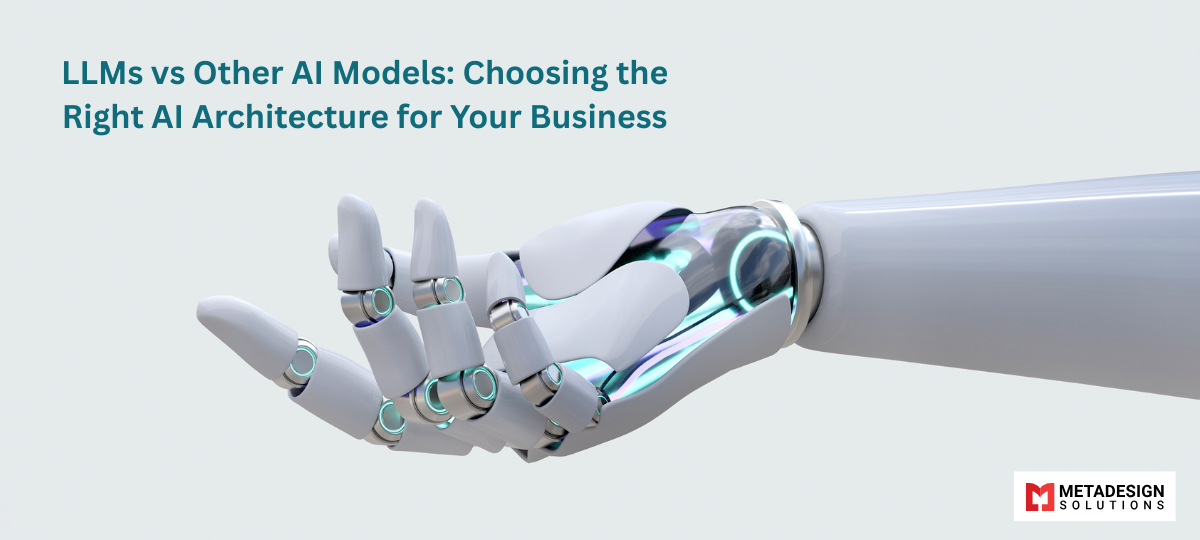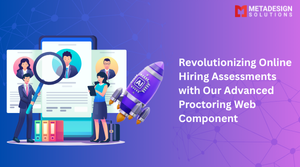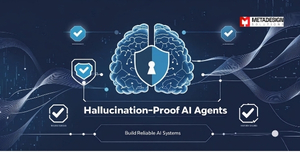Introduction
AI Is More Than Just ChatGPT
Artificial Intelligence (AI) is experiencing a golden era, especially with Large Language Models (LLMs) such as ChatGPT, Bard, and Claude transforming how we interact with machines. But while these models have become household names, the broader AI landscape is teeming with other powerful architectures that serve different use cases.
Beyond LLMs: A New Breed of Specialized AI Models
While LLMs handle text remarkably well, businesses and developers are quickly realizing that different challenges require different AI approaches. Here’s a tweaked breakdown of other critical AI model categories, restructured and reworded for clarity and originality:
1. LCMs (Large Concept Models)
These models go beyond individual word processing by embedding full ideas or sentence-level representations. Instead of token-by-token generation, LCMs focus on semantic understanding, often using custom embedding architectures.
Best for: Semantic search, concept-based classification, abstract reasoning.
2. VLMs (Vision-Language Models)
VLMs integrate visual and textual understanding. They’re used in AI that can “see and describe,” powering systems that read charts, analyze scenes, or create captions.
Used in: Multimodal AI agents, medical diagnostics with image-text alignment, AR/VR content creation.
3. SLMs (Small Language Models)
These are optimized for use on low-power or edge devices where computational resources are limited but latency and efficiency are critical.
Applications: Smart IoT devices, offline translation apps, voice assistants in embedded systems.
4. MoE (Mixture of Experts)
MoEs use a smart routing mechanism to activate only a few specialized neural networks (“experts”) per task. This keeps computational cost low while maintaining high accuracy.
Advantages: Scalable model architectures, dynamic efficiency, modular design.
5. MLMs (Masked Language Models)
Often pretraining models for understanding tasks, MLMs fill in missing words or phrases in a sentence. These are foundational to tools like BERT.
Use cases: Sentence embeddings, text classification, and summarization.
6. LAMs (Large Action Models)
LAMs are being designed to interpret instructions and act on them directly—think of models that can not only read a task list but also interact with software or APIs to execute them.
Example: AI agents that handle entire workflows like data entry or email summarization.
7. SAMs (Segment Anything Models)
SAMs specialize in pixel-level segmentation for visual understanding. They are instrumental in areas like autonomous vehicles and medical image segmentation.
Popular for: Image editing tools, industrial quality checks, visual search engines.
Need Help Picking the Right AI Model?
Book a strategy session to evaluate LLMs vs alternative models for your business goals.
Choosing Wisely: When to Use Which Model
Every model has its domain. Here’s how they align with business needs:| Model Type | Strength | Ideal For |
| LLMs | Language generation & reasoning | Chatbots, content creation, summarization |
| VLMs | Understanding visual-text fusion | AR/VR, healthcare, surveillance |
| MoE | Modular task-specific execution | Personal assistants, customer service bots |
| LCMs | Deep conceptual understanding | Knowledge bases, legal tech |
| SLMs | Lightweight & low-latency AI | Smart devices, mobile apps |
| SAMs | Image segmentation | E-commerce, security tech |
Practical Implementation: Getting Started with the Right Stack
- Assess the Input Format: Is your data primarily text, image, audio, or mixed?
- Define the Goal: Understanding, generating, classifying, or executing?
- Choose an Architecture: Refer to the model table above.
- Build a Prototype: Use open-source frameworks or APIs to experiment.
- Deploy at Scale: For enterprise needs, consult experts like MetaDesign Solutions.
Where Are Enterprises Using These Models Today?
| Company | Model Type | Application |
| Adobe | SAMs | Smart masking in Photoshop |
| Google Search | LLMs + LCMs | Search result generation |
| Notion AI | LAMs | Workflow automation |
| Snapchat | SLMs | On-device AR filters |
| Shopify | MoE | Personalized product recommendations |
Debunking Common Myths Around LLMs
- Myth: LLMs can handle any AI task. Truth: They’re amazing at language tasks, but less efficient for tasks involving real-time control, spatial processing, or visual recognition.
- Myth: Bigger is always better. Truth: SLMs outperform LLMs in constrained environments where speed and battery life are crucial.
- Myth: One model fits all. Truth: The future of AI is modular—choose the right model for the job.
Closing Thoughts: AI Isn’t One Model Fits All
As much as GPT-4 and its cousins dominate headlines, the broader AI ecosystem is rich, layered, and deeply specialized. Understanding these distinctions is not just for tech enthusiasts—it’s essential for leaders looking to integrate AI meaningfully.When evaluating your AI strategy:- Know your data type
- Know your use case
- Choose your model wisely
Relevant Hashtags:
#ArtificialIntelligence #LLMs #GenerativeAI #AIModels #EdgeAI #VisionLanguageModels #AIForBusiness #GPT4 #AIArchitecture #AIAgents #MultimodalAI #AIAutomation #TechInnovation #MetaDesignSolutions



